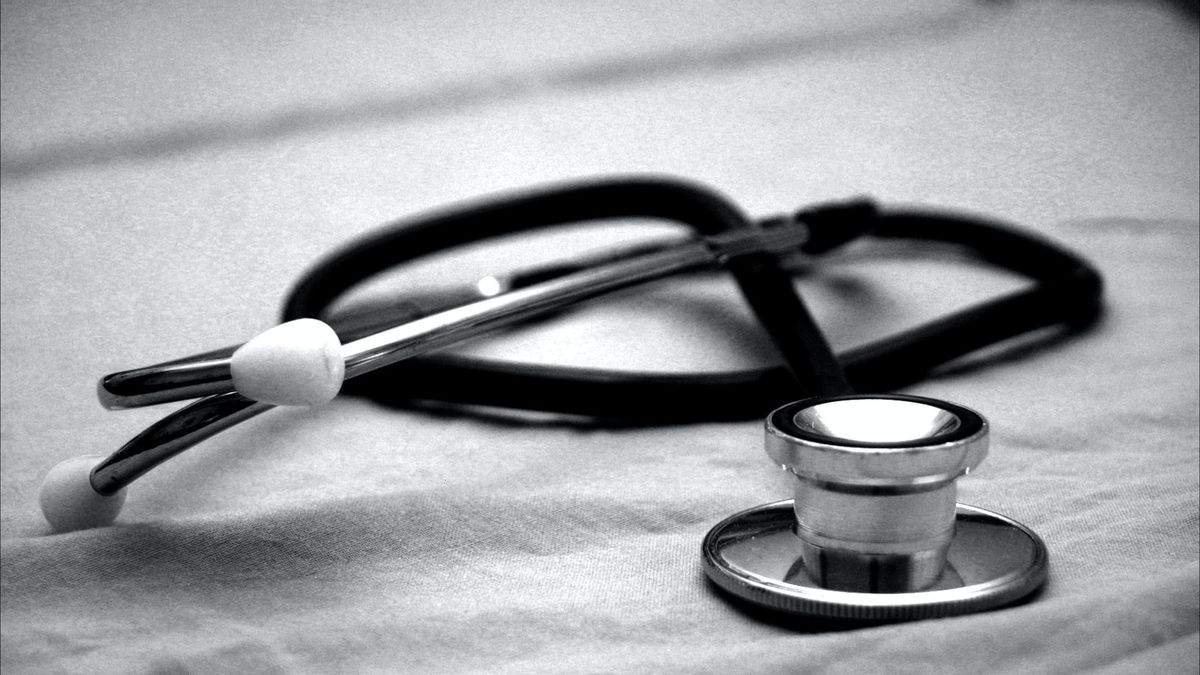JAKARTA - Fat is often considered to have many diseases. But the fact is that even thin people have the potential to have high cholesterol.
Sequis Medical Underwriter Manager, doctor Fridolin Seto Pandu, said that being fat or thin cannot be used as a benchmark for free from cholesterol. Because what is often called high cholesterol is an imbalance between good cholesterol and bad cholesterol.
"This disease is called dyslipidemia and is mostly caused by an unhealthy lifestyle," said dr. Fridolin quoted Antara, Wednesday, March 17.
Dyslipidemia or fat metabolism disorder characterized by an increase or decrease in the type of fat in the blood plasma. The main types of fat disorders are increased levels of total cholesterol, LDL cholesterol (low-density lipoprotein), triglycerides, and decreased levels of HDL cholesterol (high-density lipoprotein).
Unfortunately, this often shows no symptoms, especially if a person's posture looks thin and proportional, so it is more difficult to detect early if the examination is not routine.
There is also LDL cholesterol that can build up in the blood vessels, making the blood vessels narrower. This condition can increase the risk of coronary heart disease and stroke.
High LDL levels can be monitored by monitoring the threshold: normal / optimal <100 mg / DL, near optimal 100 - 129 mg / DL, high limit 130 - 159 mg / DL, high 160 - 189 mg / DL, and very high> 190 mg / DL . Meanwhile, HDL is responsible for transporting cholesterol from blood vessels or other tissues back to the liver. Threshold: low <40 mg / DL and high> 60 mg / DL.
Triglycerides are fat levels that come from burning unused calories. When we eat, our bodies receive calories and are used for bodily activities. Unused calories are converted into triglycerides and stored in fat cells. High and low threshold: normal <150 mg / DL, high limit 150-199 mg / DL, high 200-499 mg / DL, very high> 500 mg / DL.
While Total Cholesterol is the total amount of cholesterol in the body. The consistency is similar to fat or wax and can be found in all cells in the body in sufficient quantities. Serves for cell regeneration, hormone production, forming vitamin D and in the digestive process. The ideal normal cholesterol limit is <200 mg / DL, moderate 200-239 mg / DL and high> 240 mg / DL.
"The level of each of these fats can be known through blood tests in the laboratory. Ideally, it should be checked and monitored as well as the condition of the three fat levels," said dr. Fridolin.
Checking cholesterol levels should be done regularly every five years. However, if you have the potential for high cholesterol, you should check it every six months to once a year.
If the test results show blood fat levels are above normal, you should immediately consult a doctor in order to get the right tips and treatment. If not treated immediately, you will be at risk for various diseases, especially coronary heart disease and stroke.
Those classified as high risk include men over 45 years and women over 55 years and those who have a history of hypertension, day disease, coronary heart disease, stroke, diabetes, obesity, hypothyroidism (thyroid hormone deficiency), kidney disorders, lack of physical activity, and a family history of cholesterol, diabetes, coronary heart disease, and stroke.
To avoid cholesterol disorders, avoid foods that contain high cholesterol such as fast food, fried foods, processed meats, such as sausages and chicken nuggets, seafood, offal, full cream milk, and foods that are coconut milk, don't smoke and reduce alcohol.
The English, Chinese, Japanese, Arabic, and French versions are automatically generated by the AI. So there may still be inaccuracies in translating, please always see Indonesian as our main language. (system supported by DigitalSiber.id)













